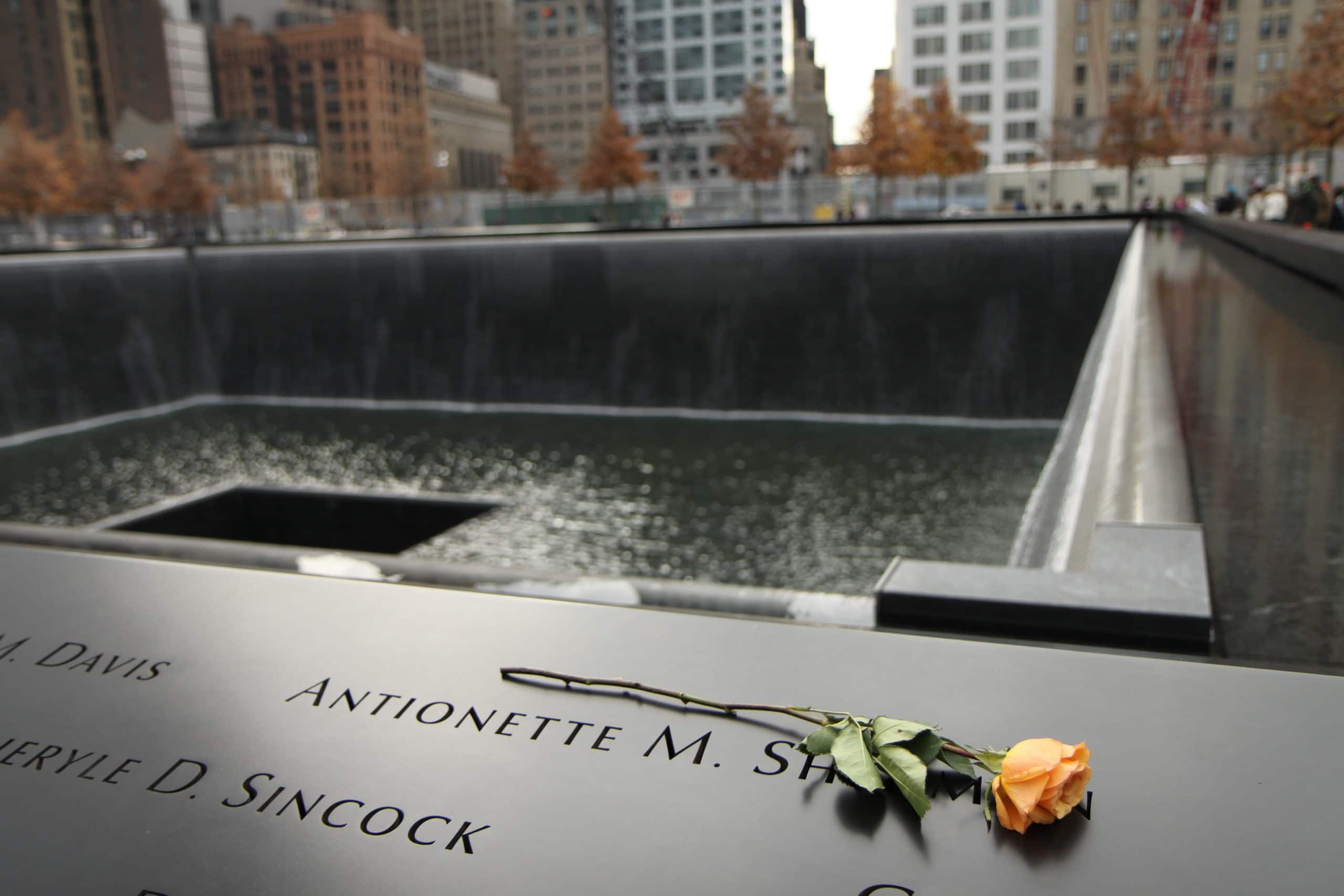Dangerous roads have been responsible for many motor vehicle accidents. Roads are dangerous due to improper design, signage, construction or maintenance. The owner of the road is liable for injuries caused by its negligence in building, designing or maintaining the road. However, the State or municipality is generally immune from liability with regard to its decisions concerning placement of traffic control devices and road design, unless had notice of a dangerous condition and failed to do a study to determine if the condition should be changed.
Dangerous road cases typically involve accidents caused by:
1. potholes, raised hardware, or inadequate signage during milling;
2. failure to properly maintain the storm water drainage system or provide proper pitch to road, causing flooding and/or ice;
3. failure to remove ice or warn of slippery road;
4. failure to use proper signage to warn of a dangerous condition, or close the highway;
5. permitting abandoned vehicles to remain on the highway;
6. placing structures too close to the highway;
7. failing to provide adequate guard rails;
8. failing to install or repair traffic control devices.
Preparation of dangerous road cases requires quick action. The following steps should be taken:
- Identify the owner of the road. If the owner is the State of New York, a notice of intention to file a claim must be served on the State within 90 days of the accident. If the owner is the City of New York a notice of claim must be served on the City within 90 days of the date of the accident. Notice of claim requirements also apply to roads owned by other municipalities, counties, towns, villages, or public authorities. Be aware that some roads run through the City of New York but are actually owned by the State. An example is the Gowanus Expressway. Since deadlines to place the owner of the road on notice of the claim are short, and failure to accurately identify the owner could be fatal to the claim, time is of the essence.
- The Freedom of Information Law (FOIL) is a powerful tool to get information from the government even before the litigation begins. Send a FOIL demand to the government entity which owns the road and demand: permits, contracts with contractors, plans, specifications, as built drawings, maintenance records, inspectors’ reports, minutes of meetings with the engineer in charge, photographs, accident reports, reports of other accidents, complaints, inspections, daily logs, video surveillance films, other notices of claim, etc.
- Move by order to show cause to preserve evidence even before a lawsuit is commenced. Many roads have video surveillance, the tapes of which are periodically erased. Many late model vehicles have engine computers which record the speed of the vehicle prior to the application of the brakes. This data can be downloaded and analyzed by an expert. Vehicles must be inspected by an automotive engineer and photographed. The road must be inspected by a highway engineer and photographed. Skid and scuff marks, and debris patterns must be analyzed. Video surveillance films must be preserved and reviewed. The order to show cause should provide for a temporary order directing preservation during the pendency of the motion. Immediately upon being retained a letter should be sent to the potential parties demanding preservation of evidence via overnight mail, fax and certified mail.
Potential defendants include the governmental entity or public authority which owns the road or which is responsible for maintaining and policing the road, contractors which built or repaired the road, and engineers and inspectors involved in the project.
The State of New York must be sued in the Court of Claims. Such cases are heard by a judge without a jury. However, cases against other responsible parties, including the motorist, contractors and the City of New York are heard in the Supreme Court, where a jury may be requested. It can get complicated when the case involves claims against both the State and private contractors for the same damages brought in different courts. Typically, the Court of Claims judge would agree to hold trial in abeyance pending the outcome of the Supreme Court case. Often the State would tender the defense to the contractor pursuant to the contractual indemnity provisions, and pretrial discovery can be had on both cases at the same time. As discussed in my prior article “Highway Contractor Liability for Motor Vehicle Accidents”, different legal standards apply to the contractor and the State. For that reason, loss of the case against the contractor in the Supreme Court would not preclude the claim against the State in the Court of Claims.
The following statutes, ordinances, and rules should be considered in roadway cases:
- The Manuel on Uniform Traffic Control Devices (MUTCD) sets forth signage requirements on the highway, which are incorporated by reference in contracts with the State and Vehicle and Traffic Law § 1680(a).
- Rules of the City of New York Title 34 and the New York City Administrative Code Title 19 control road work on the public streets in the City.
- New York State Department of Transportation has standard specifications in State highway repair and construction contracts.
- New York State Vehicle and Traffic Law controls the conduct of motorists using the roads.
- Traffic Regulations of the City of New York controls conduct of motorists operating motor vehicles in the City of New York.
















